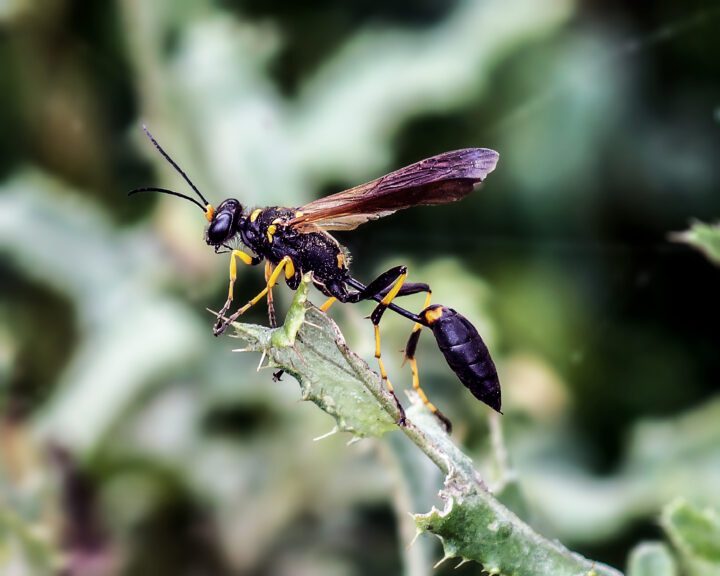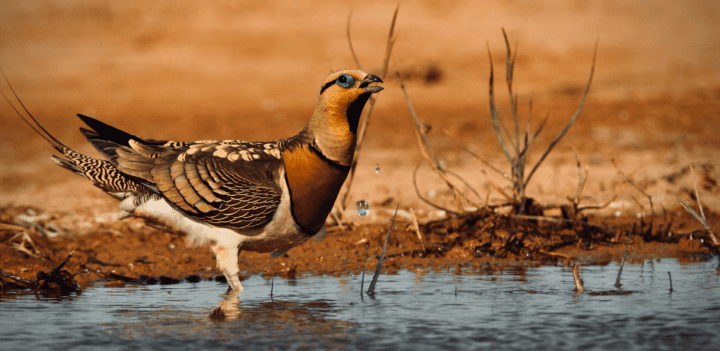Skin of blowfly maggots grows more waterproof as it dries because it forms strong, stable, cooperative structures when water is reduced.
“The cuticle of a maggot goes through a mechanical transition when it dries, increasing in stiffness by about an order of magnitude (e.g. from 0.5 GPa to 5 GPa) as the water content drops from about 1 g/g (weight of water per unit dry weight) to 0.4 g/g. Thus stiffness represents the loss of freezable water and is more or less diagnostic of a material stabilized by hydrogen bonds. Further loss in water results in a smaller increase in stiffness. In natural systems the water content is controlled by the addition of phenolic residues, resulting in tanning or sclerotisation, which drives the matrix components towards co-operative interaction and makes the material permanently waterproof.” (Vincent 2004:4)







